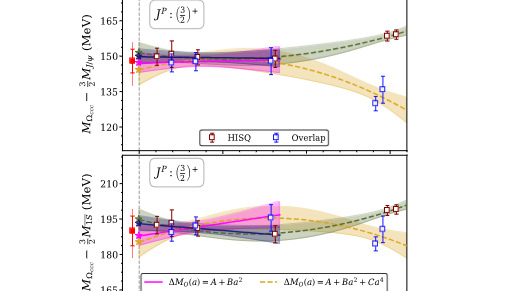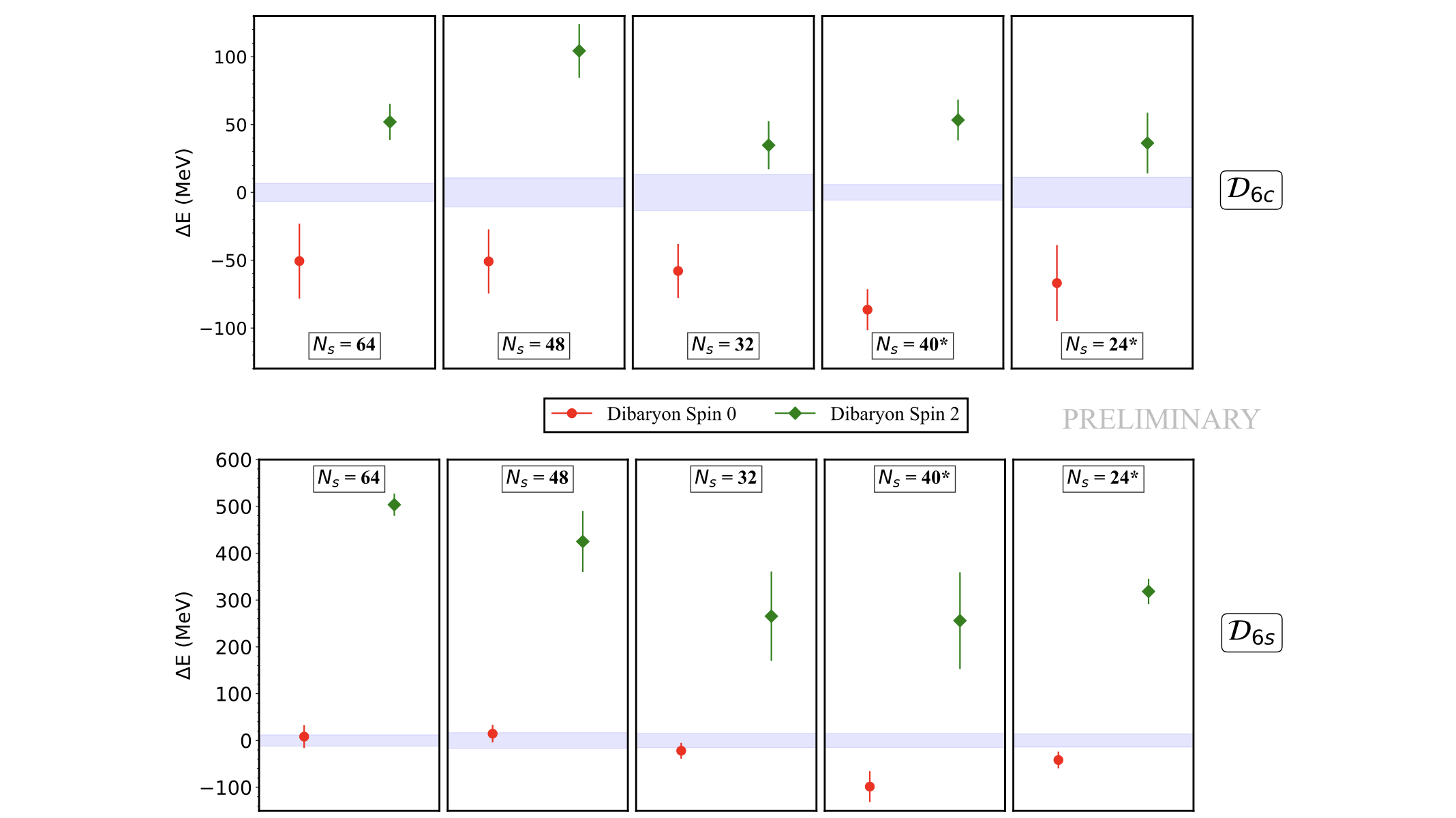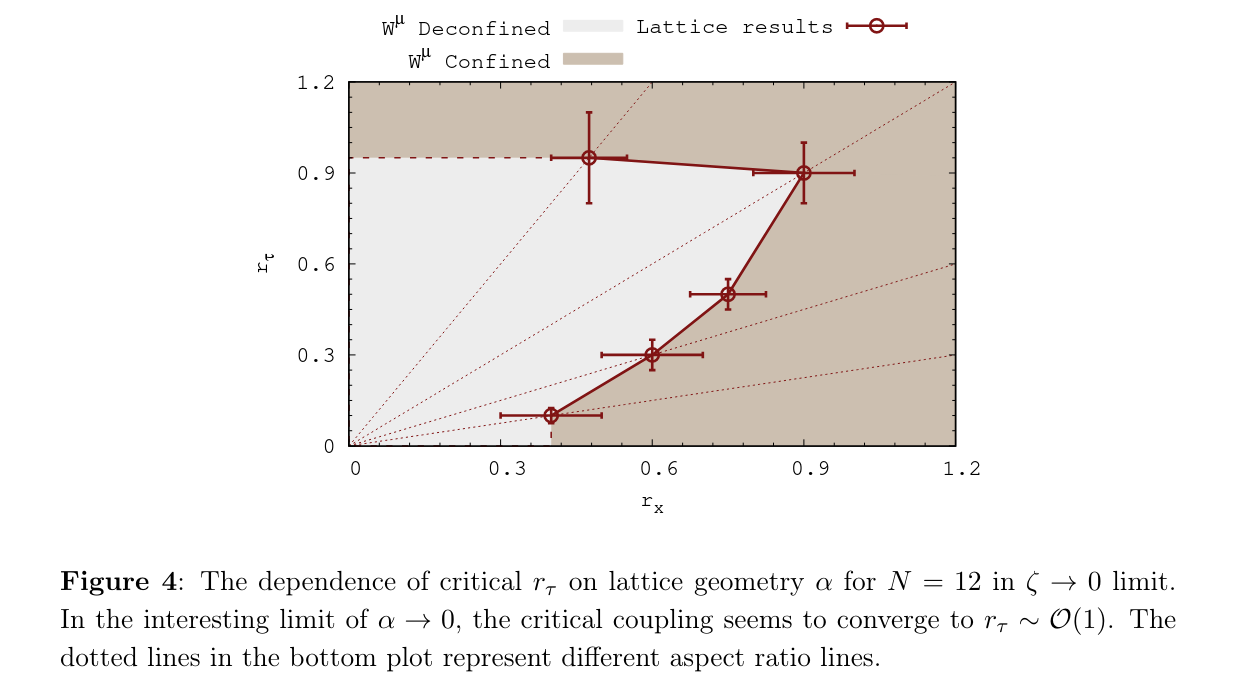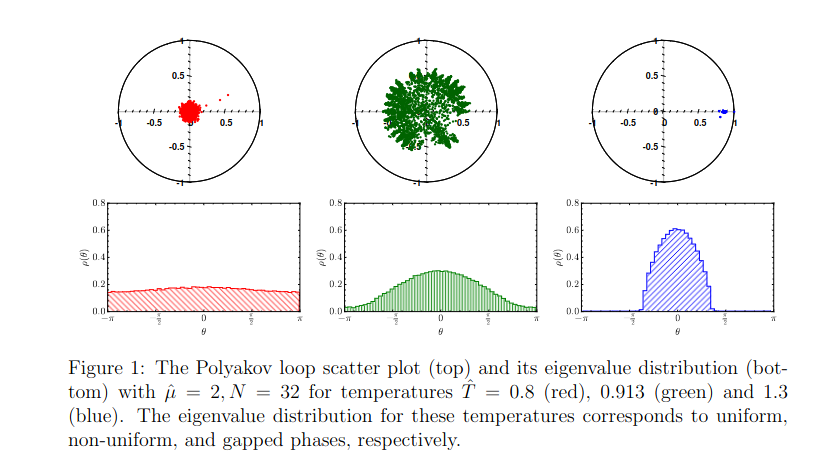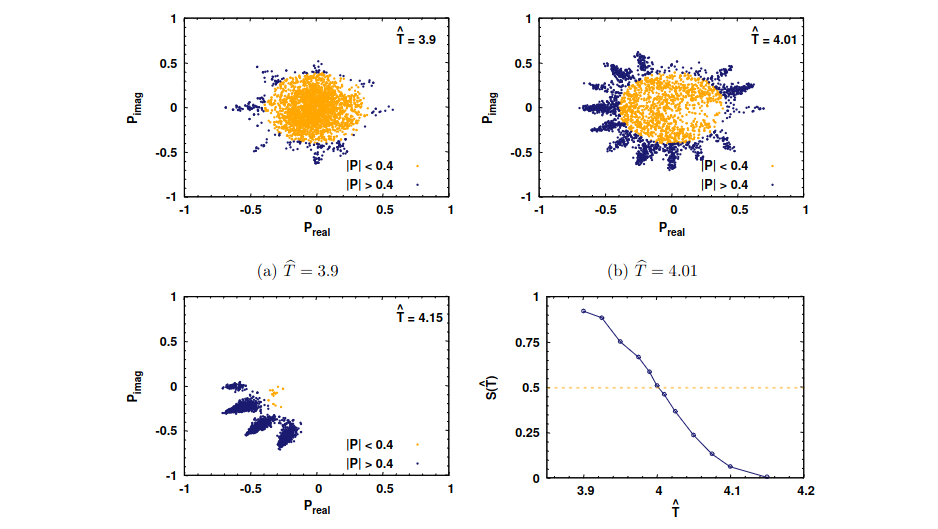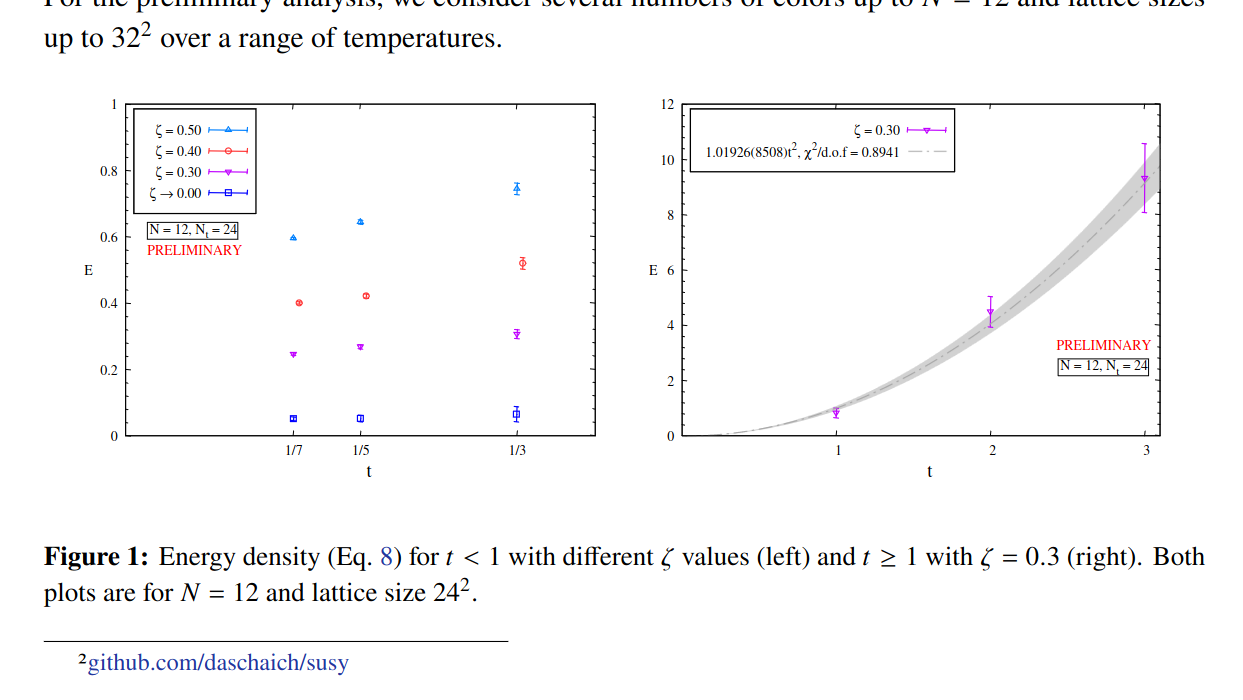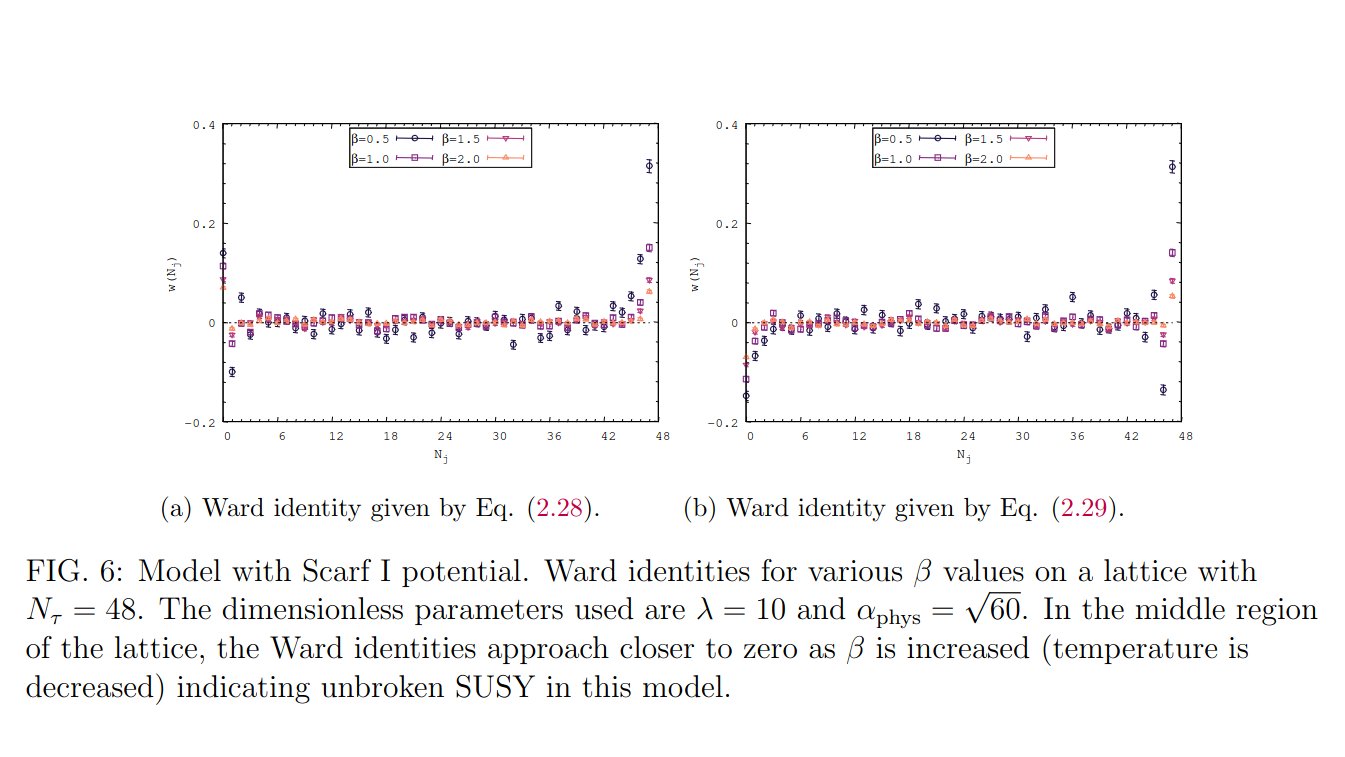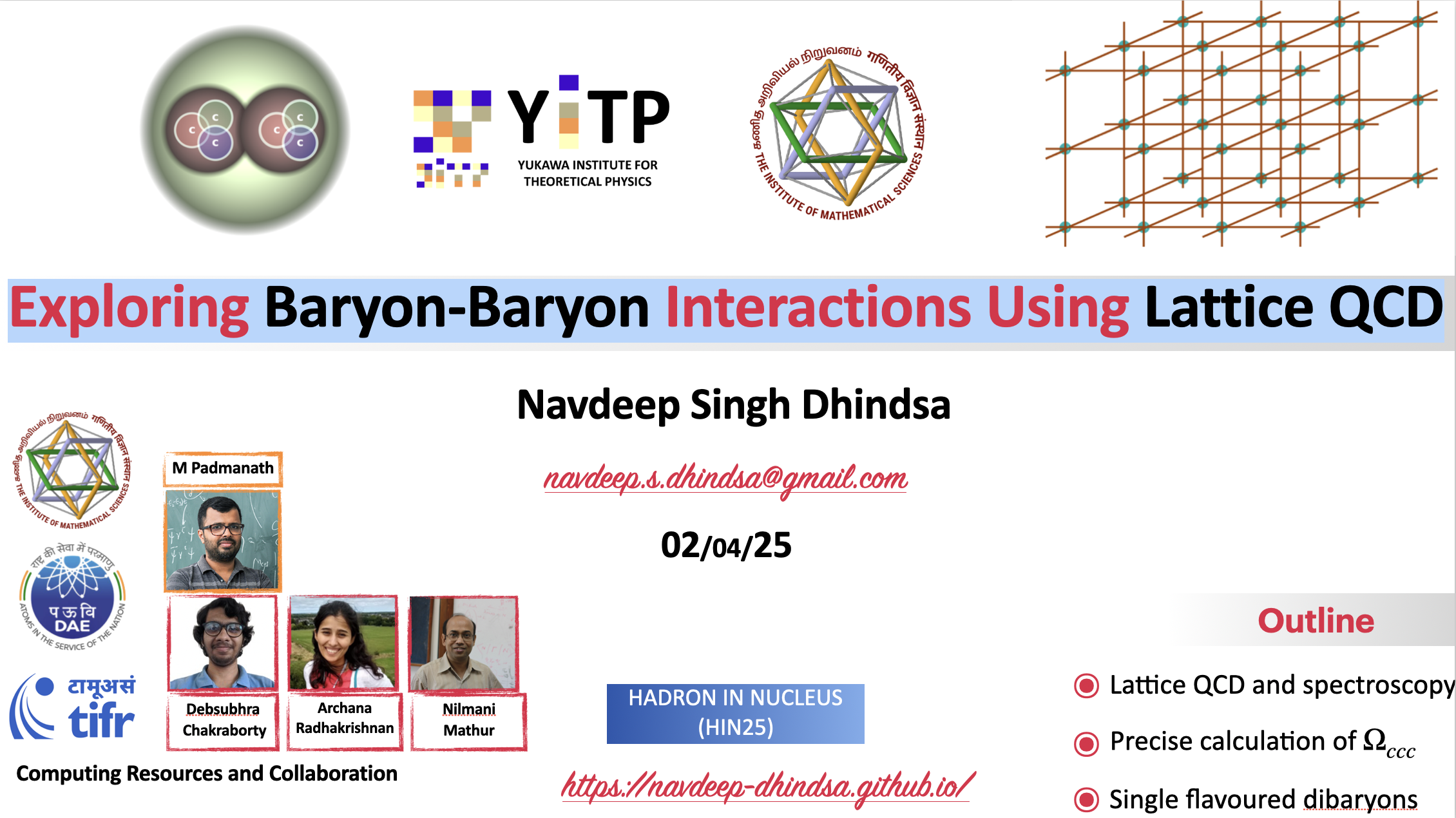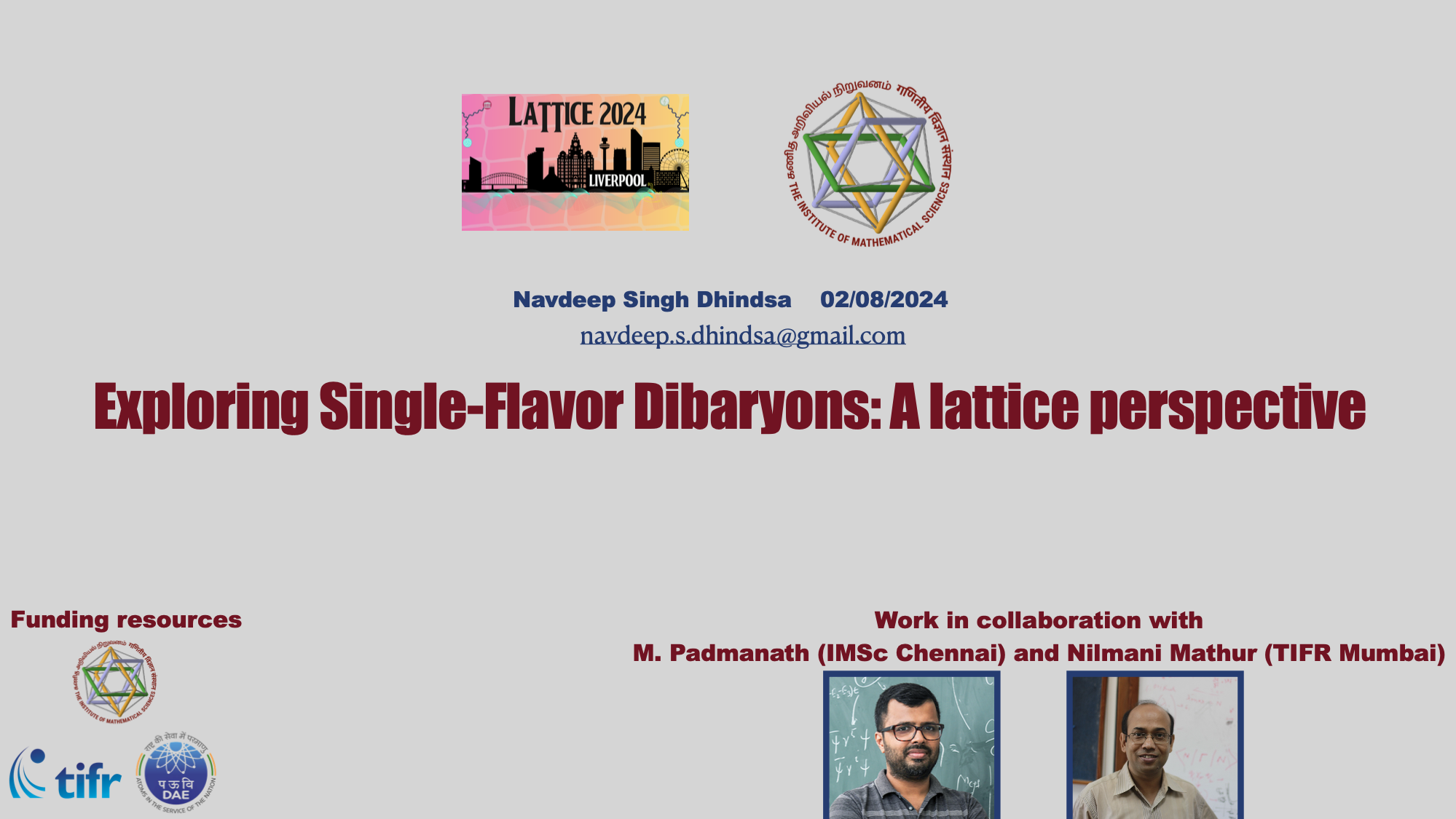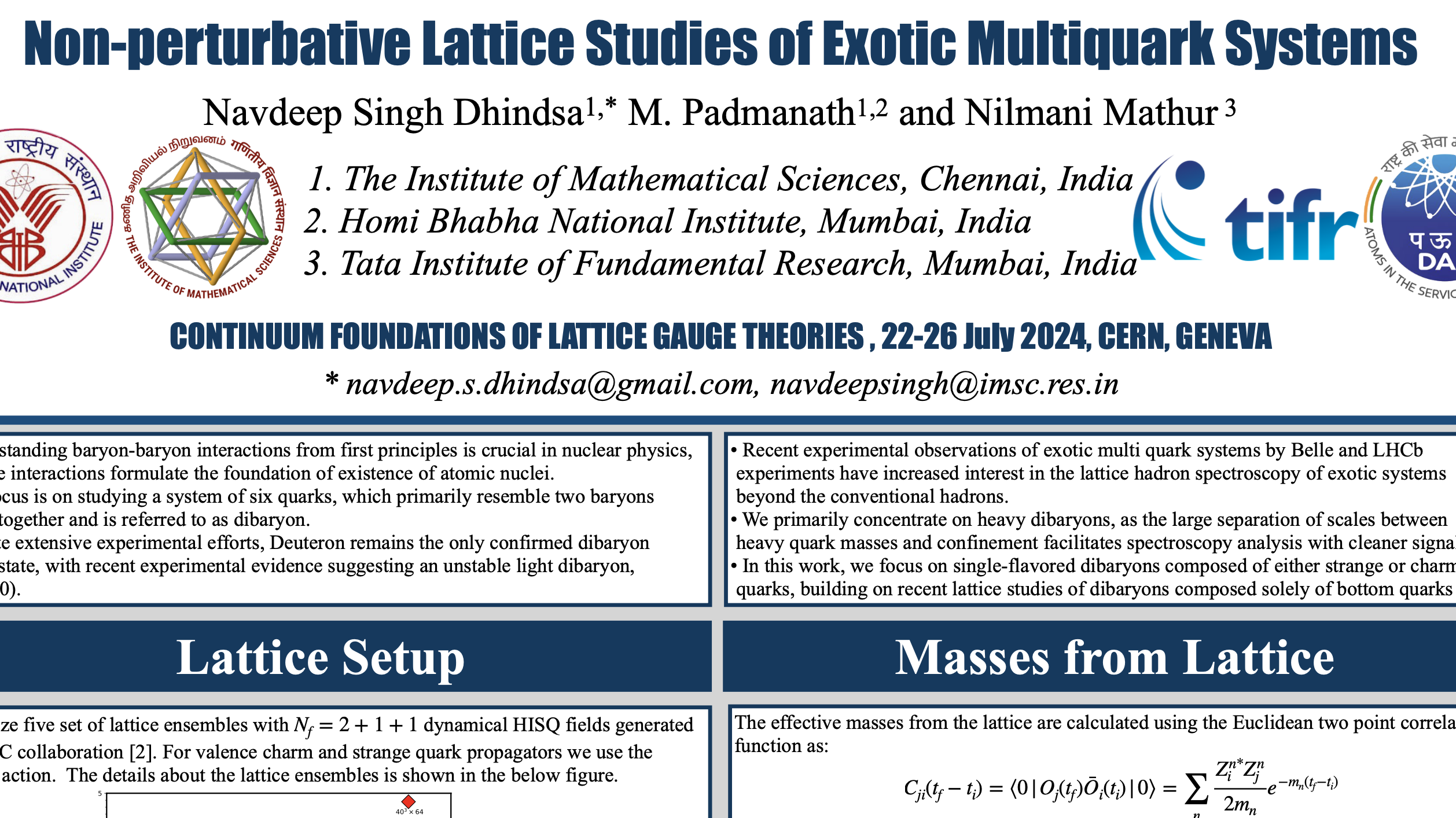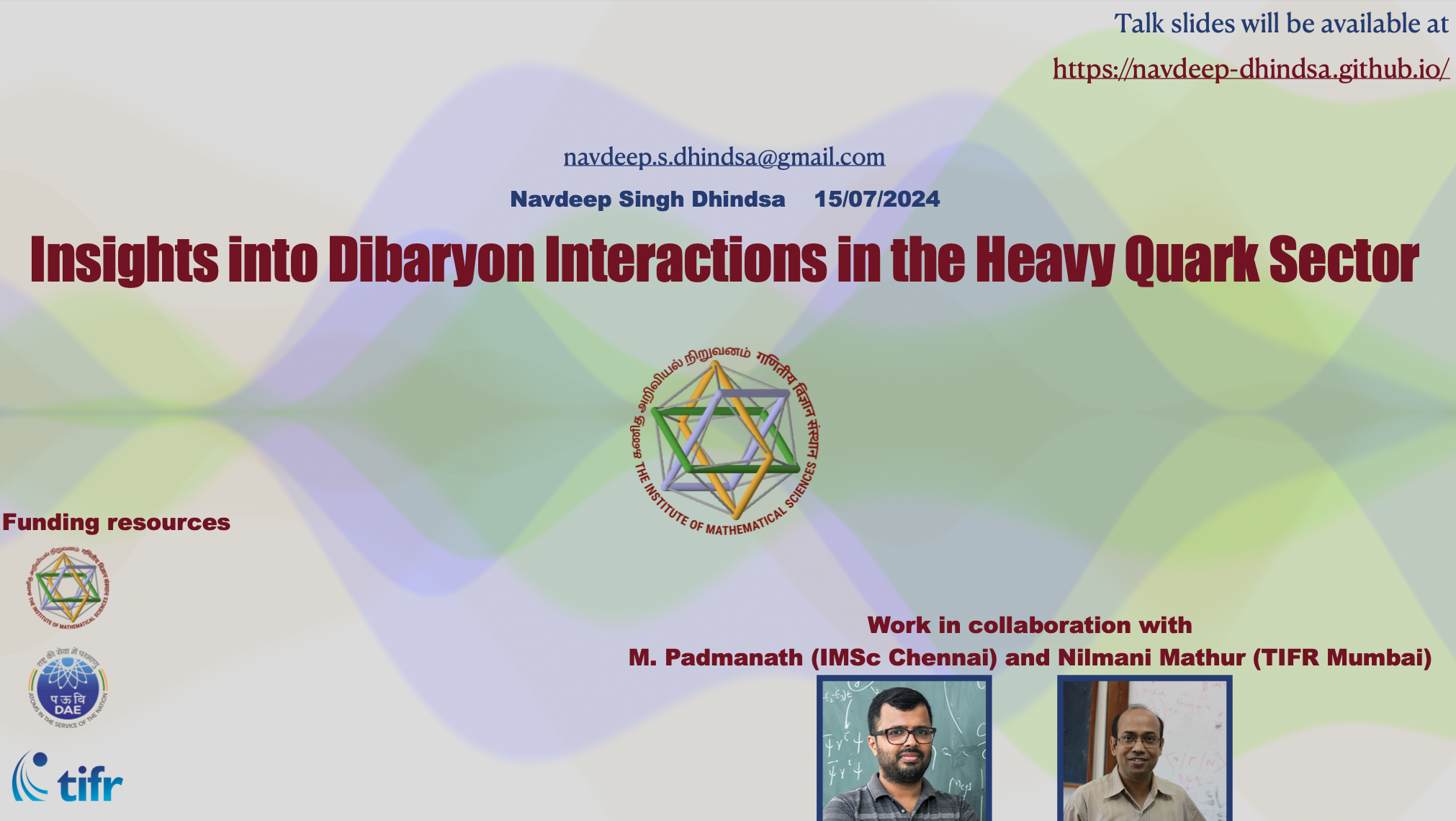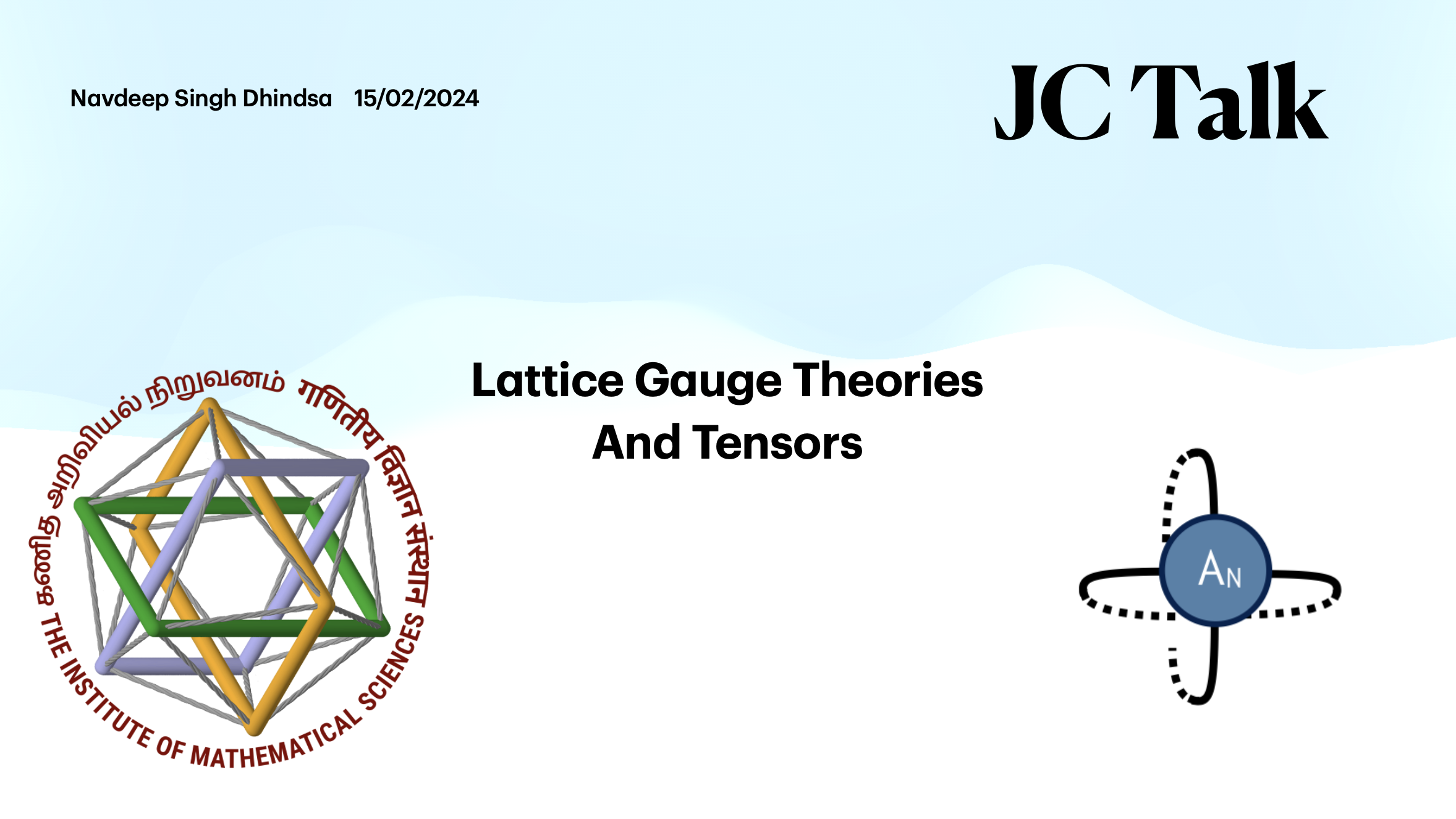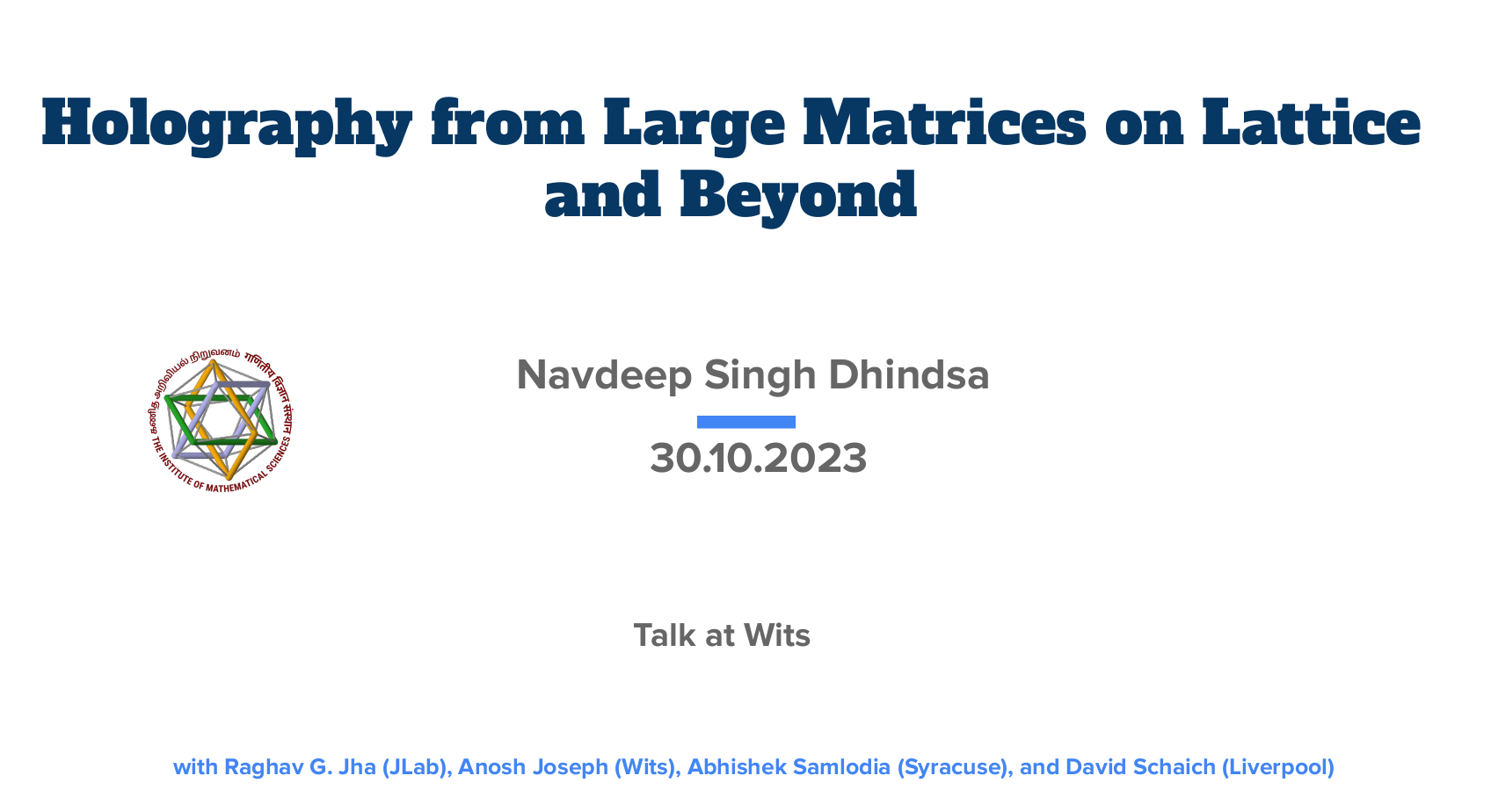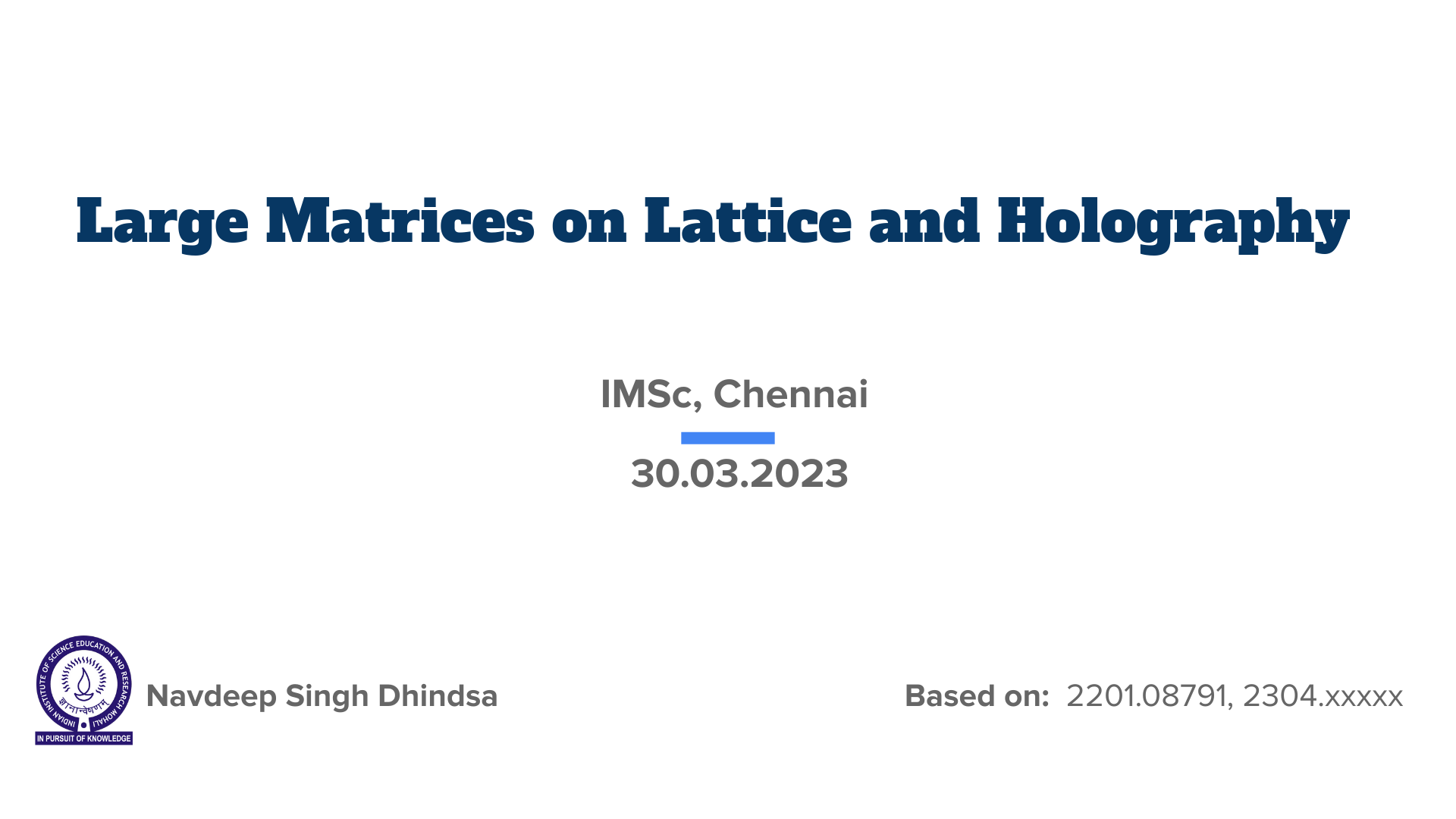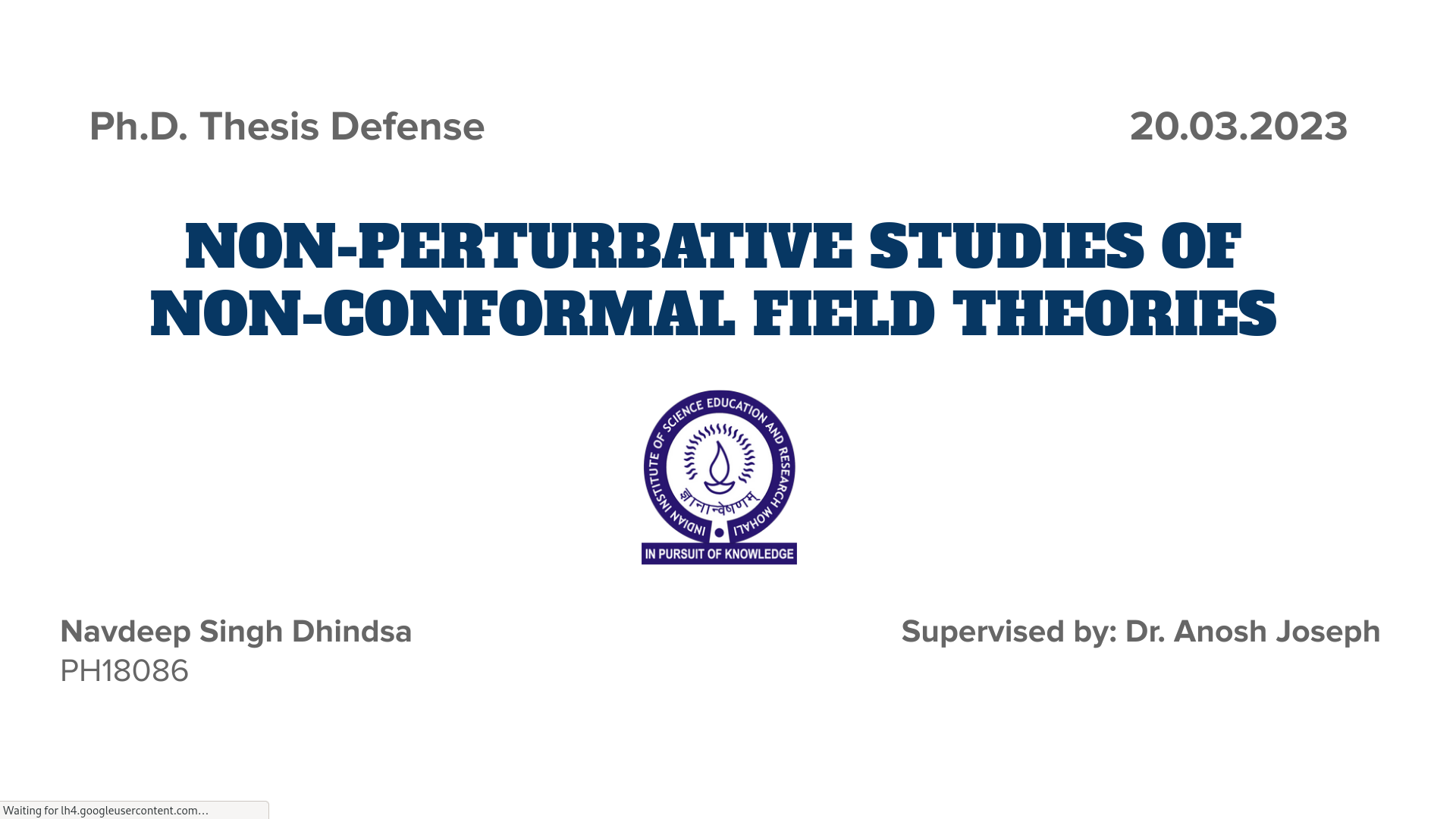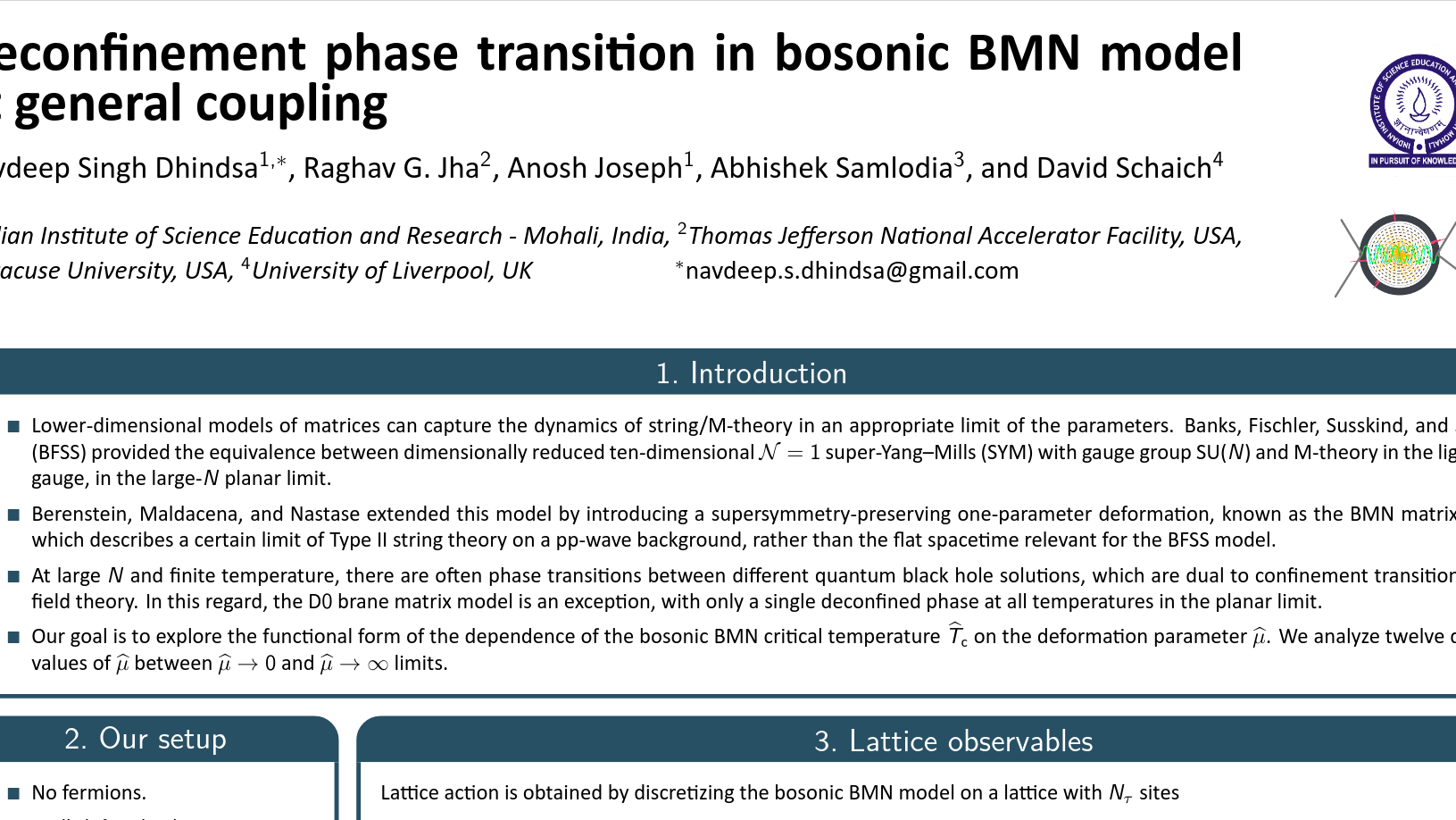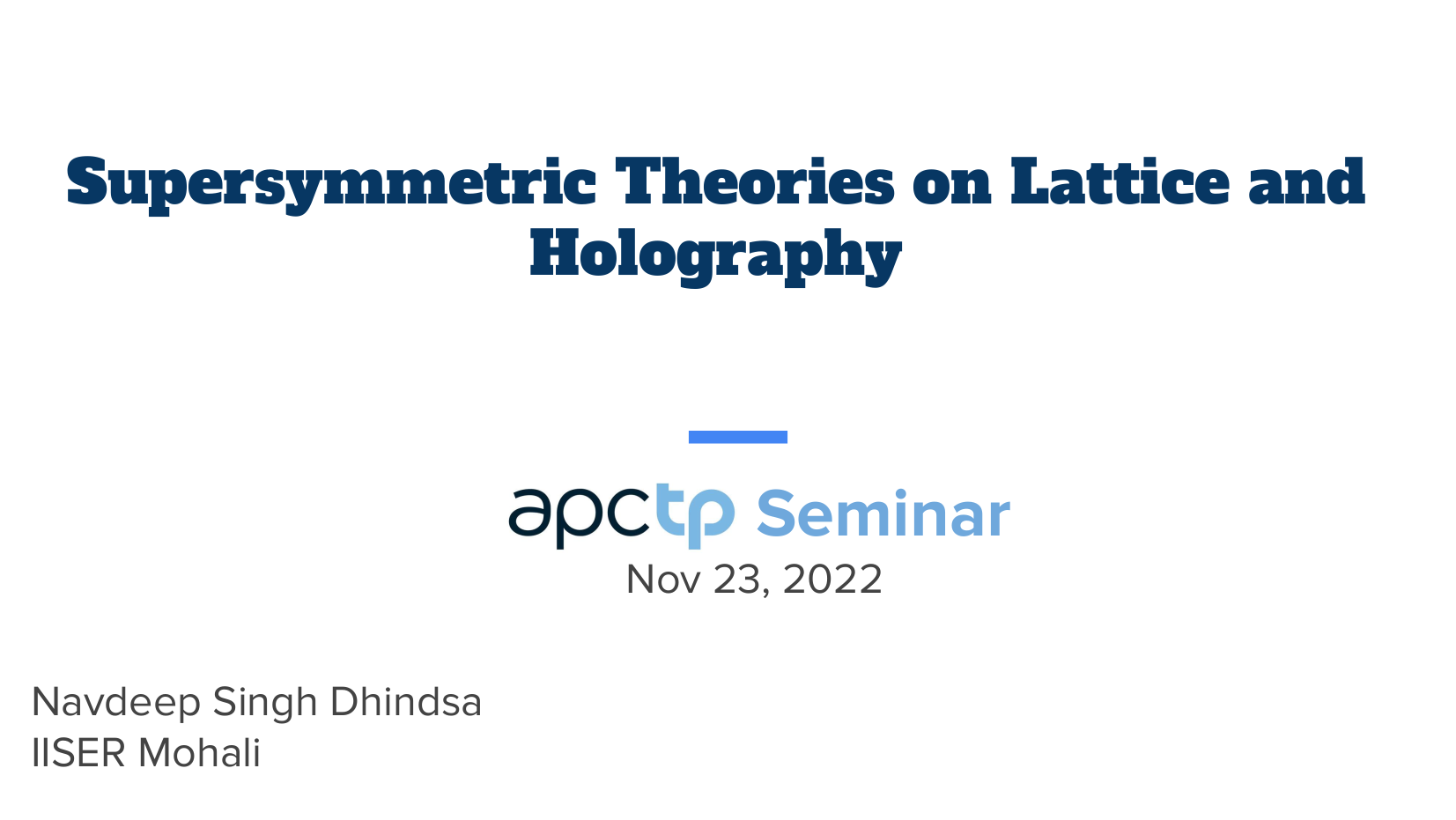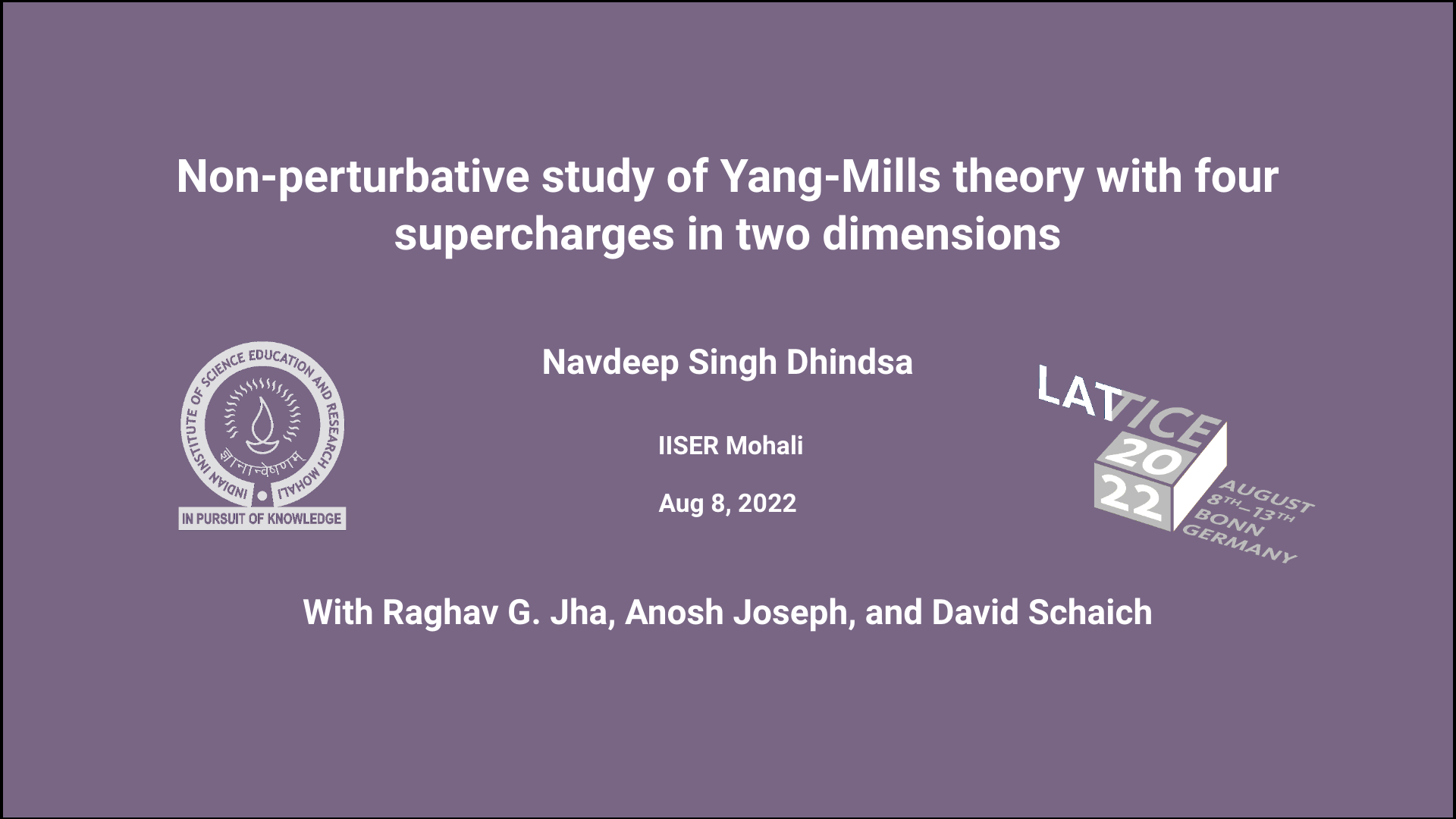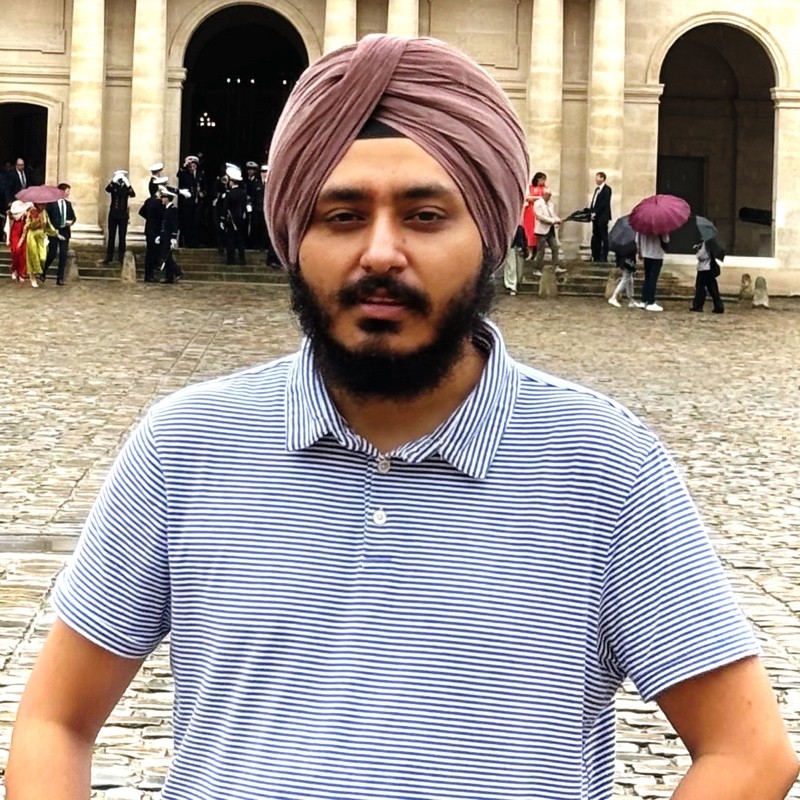
ABOUT ME
I am a postdoctoral fellow at the Institute of Mathematical Sciences (IMSc), Chennai, specializing in hadron spectroscopy using non-perturbative lattice method, working with Dr. M Padmanath. I completed my PhD at IISER Mohali with Dr. Anosh Joseph, focusing on the non-perturbative dynamics of supersymmetric field theories using lattice methodologies.
I come from Langrian (30°28'19.7"N, 75°59'28.1"E), a village in Punjab, India, where I completed my schooling. I completed my Bachelor's degree at Arya College, Ludhiana (affiliated with Panjab University, Chandigarh), and my Master's degree at Punjabi University, Patiala, where my passion for research was sparked.
Download CV